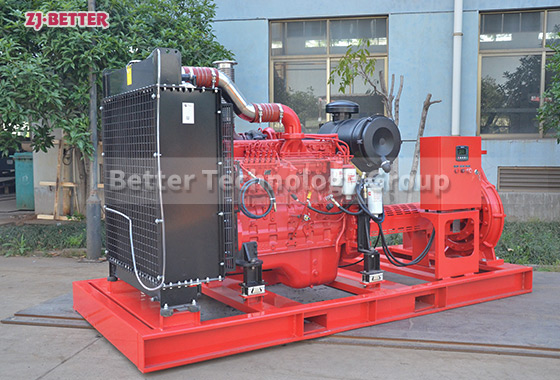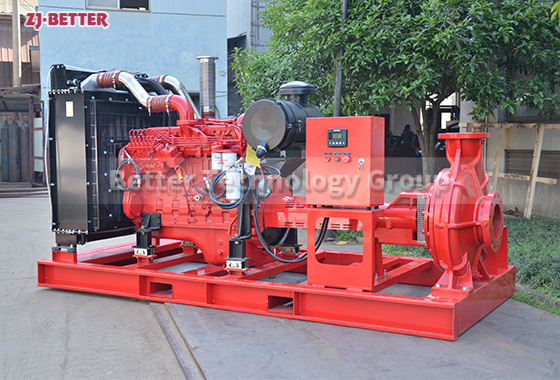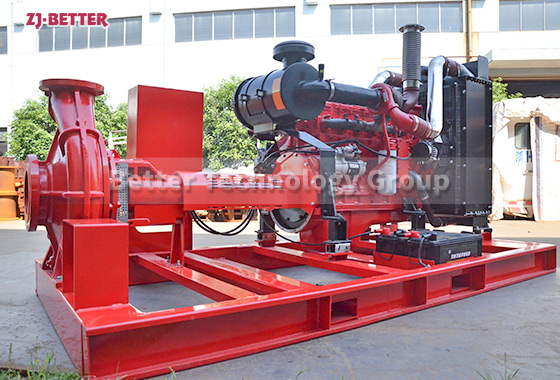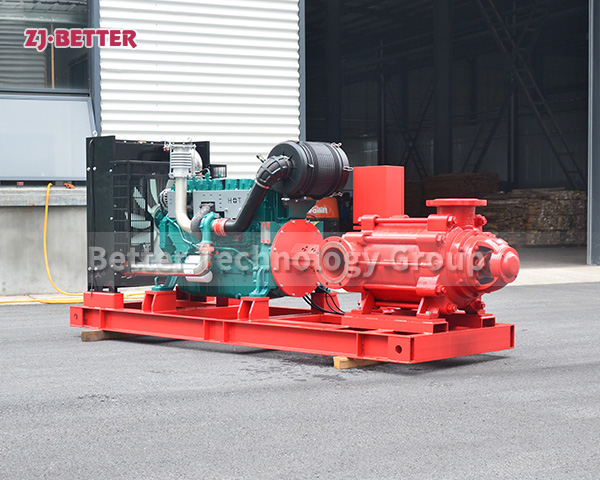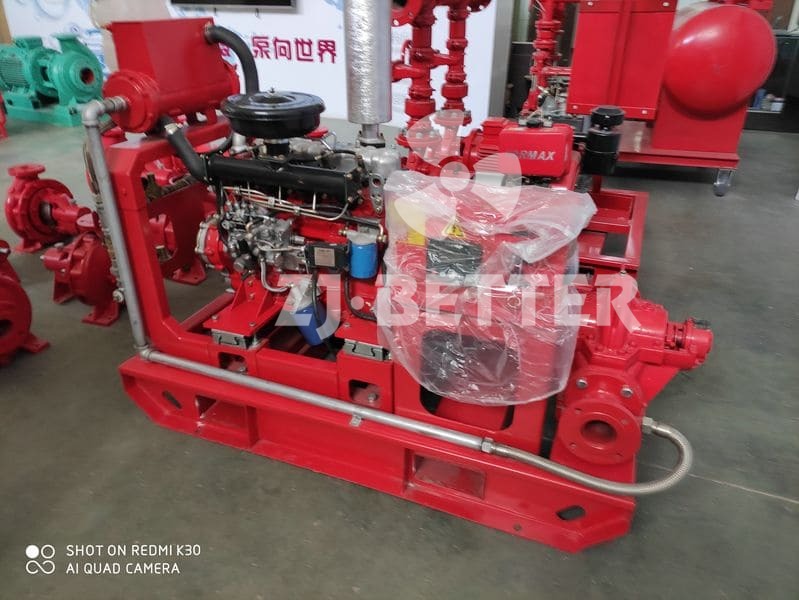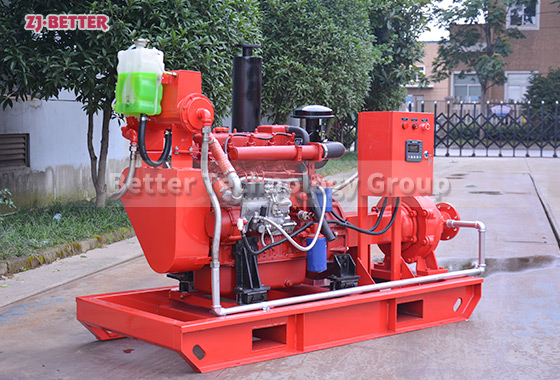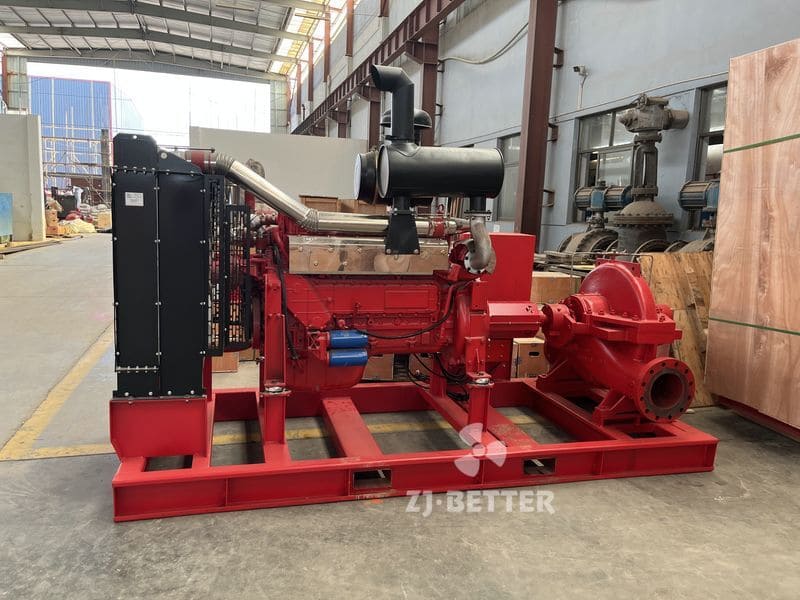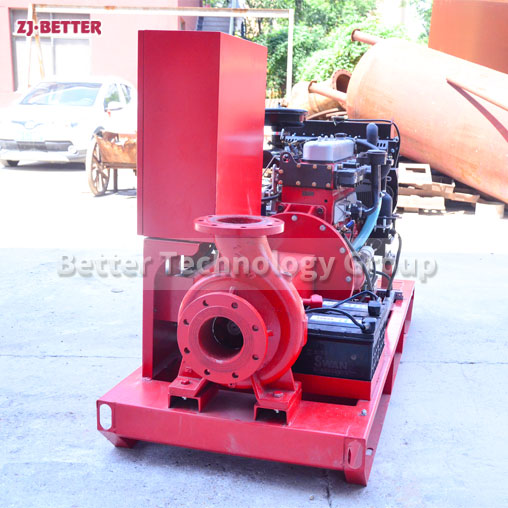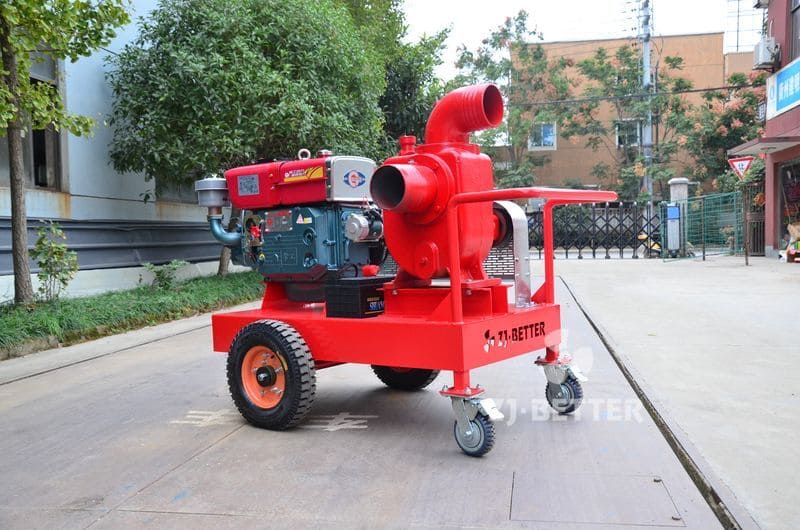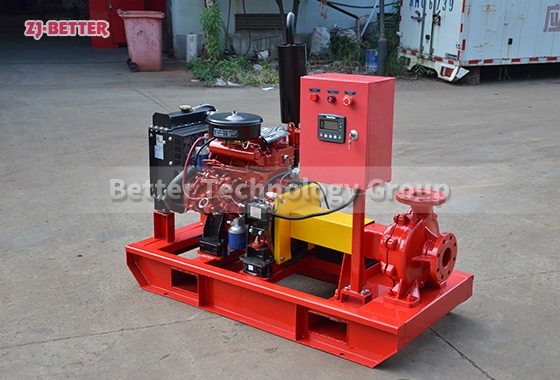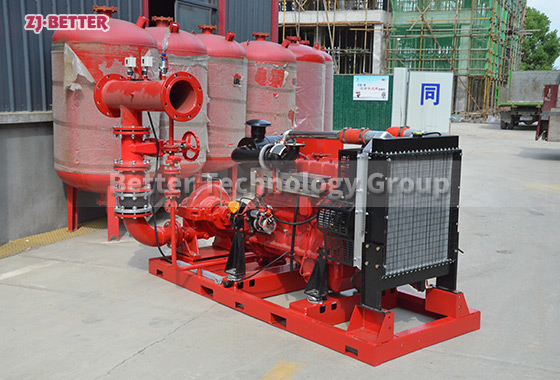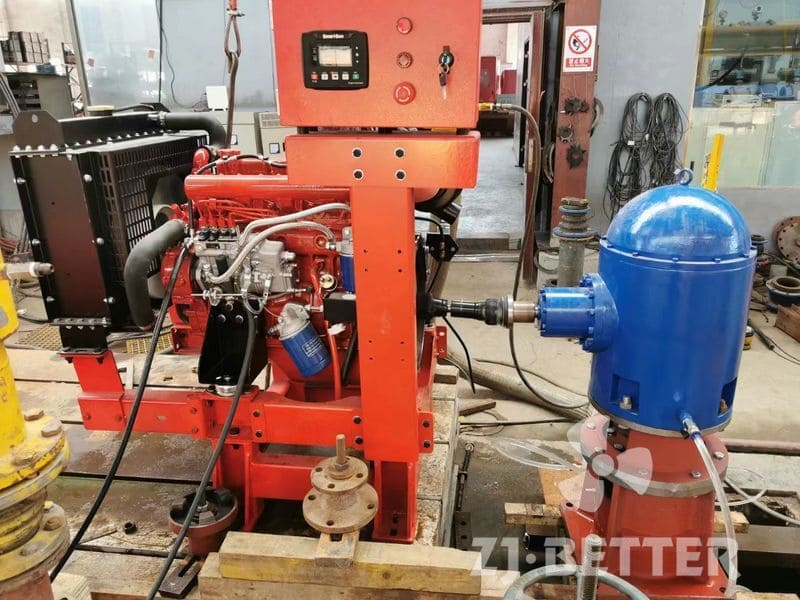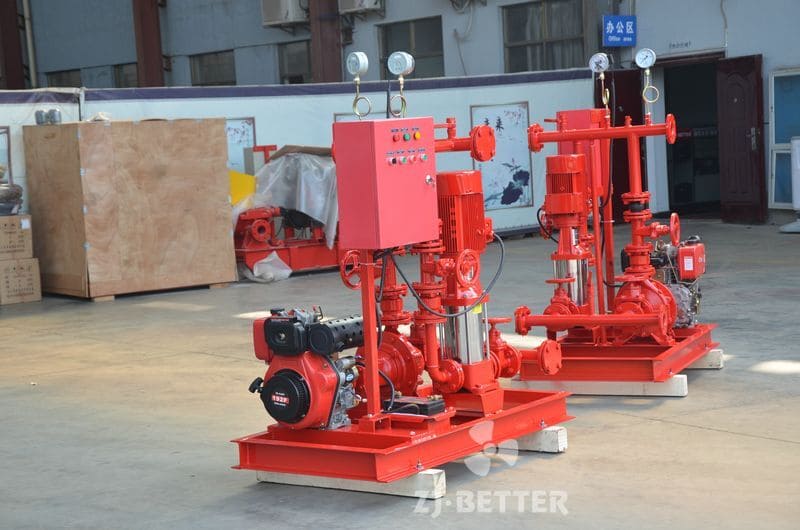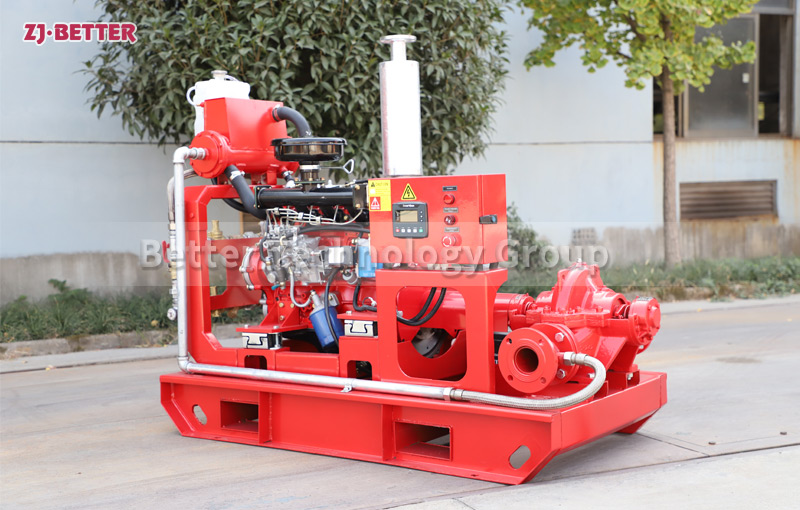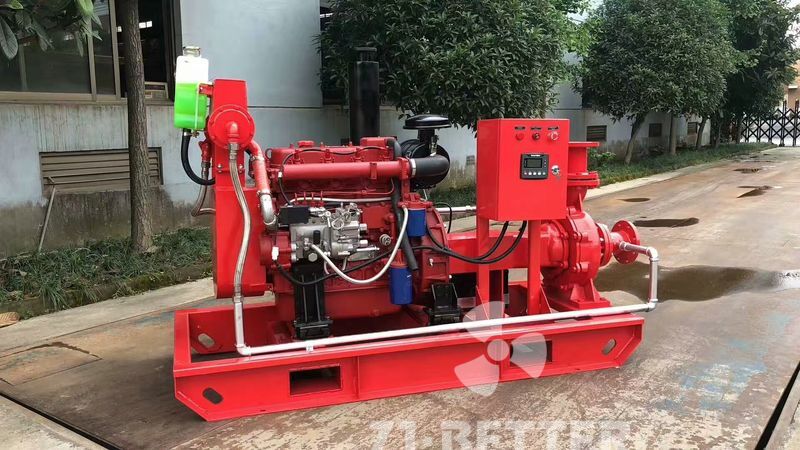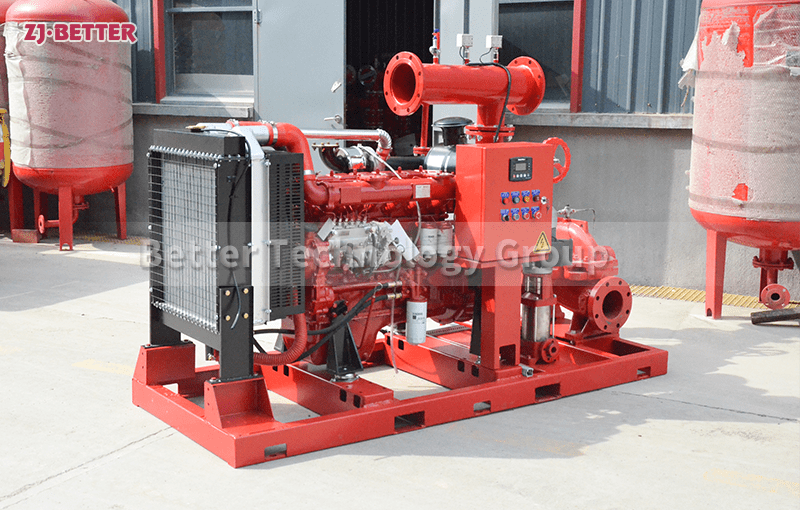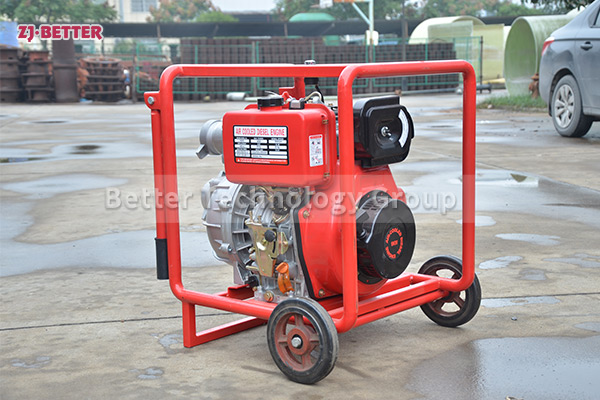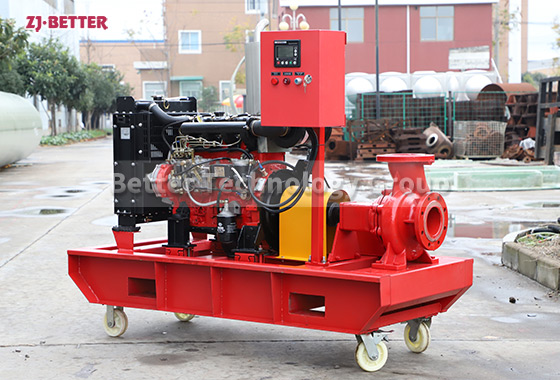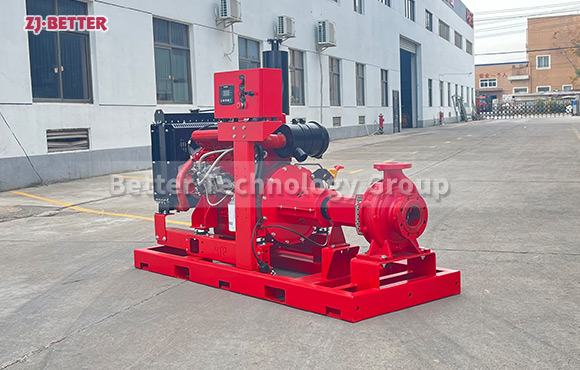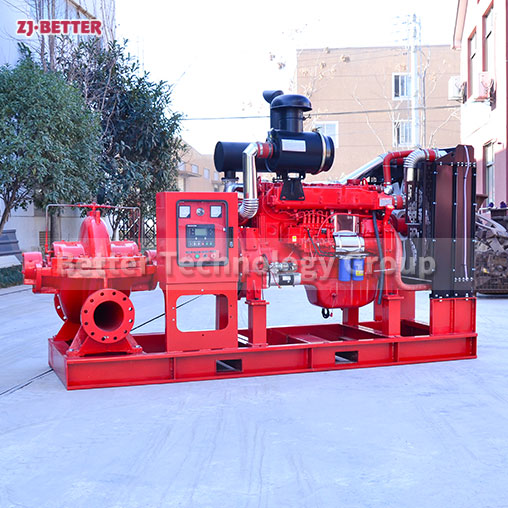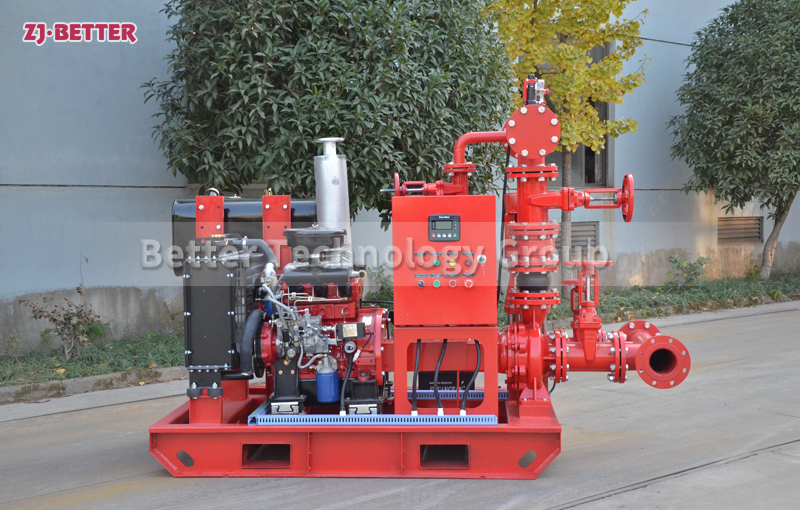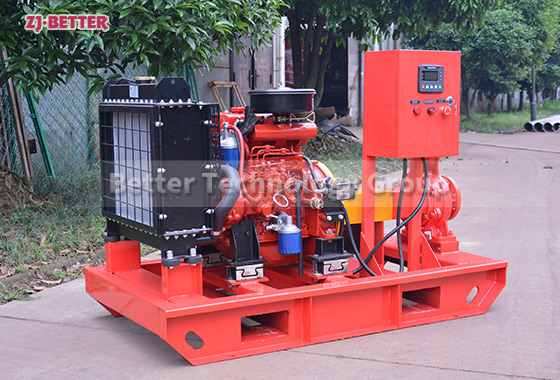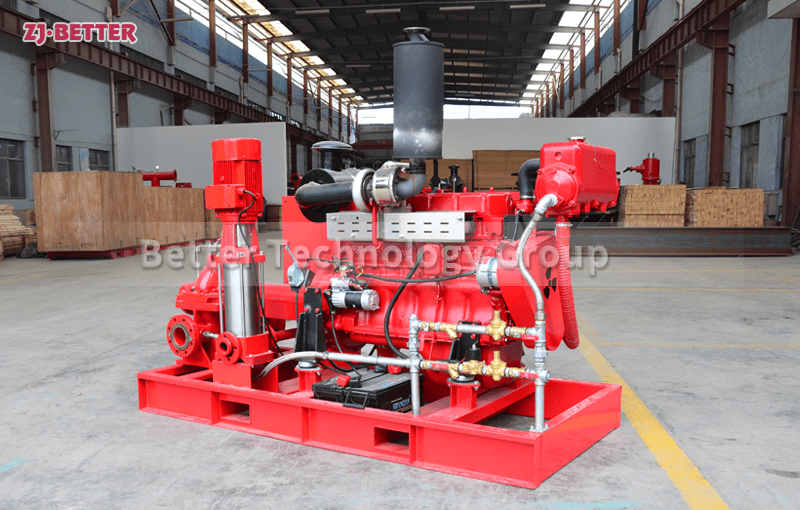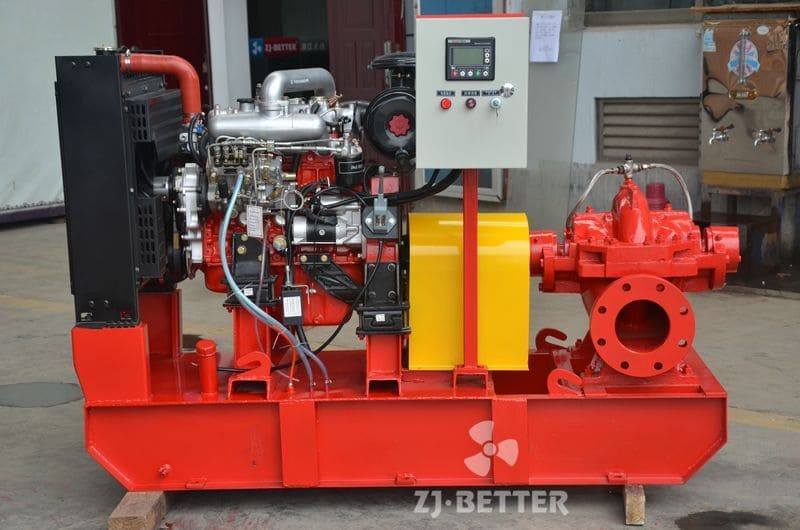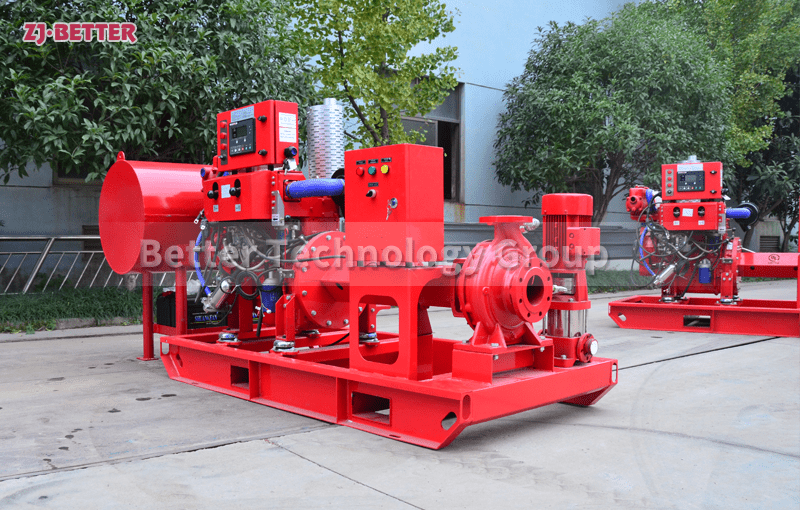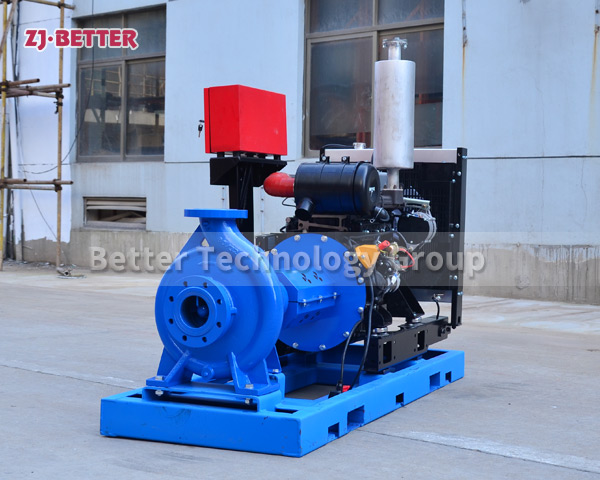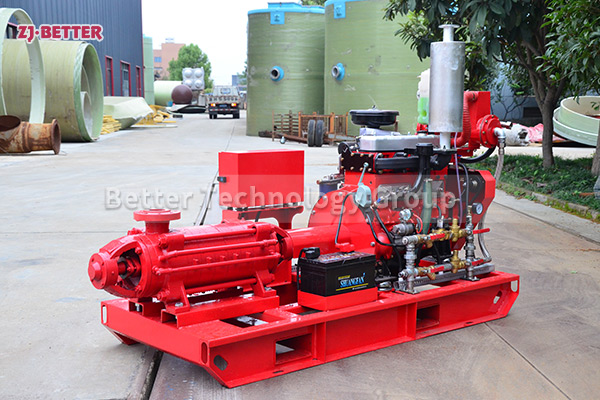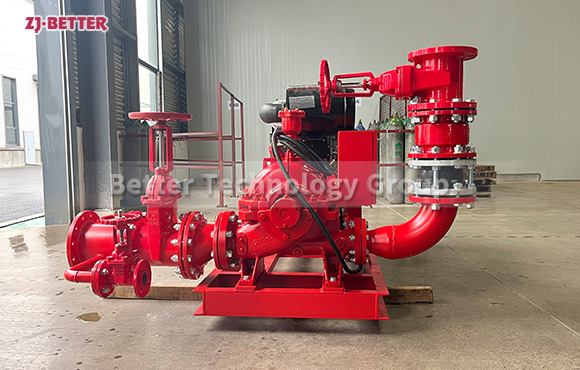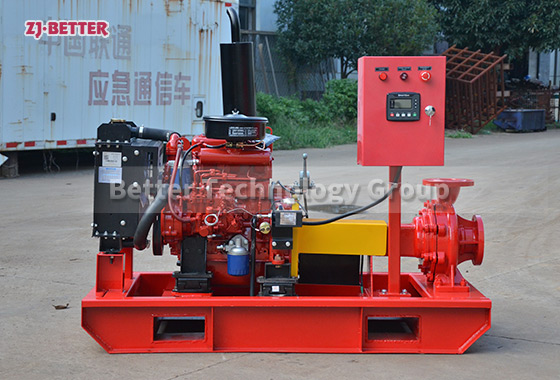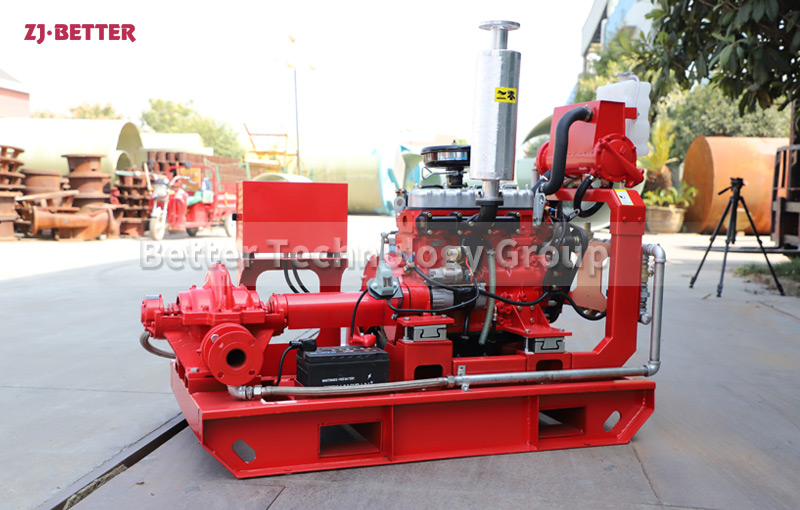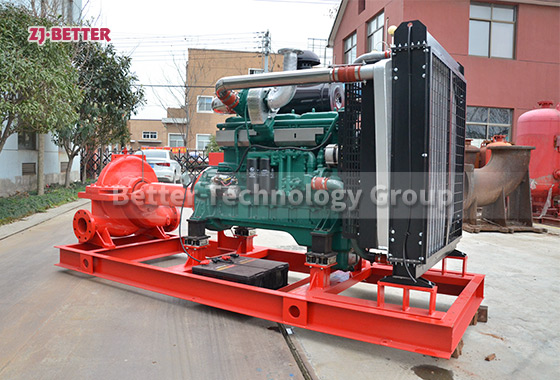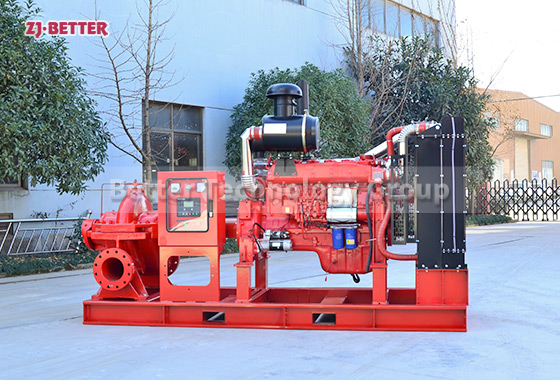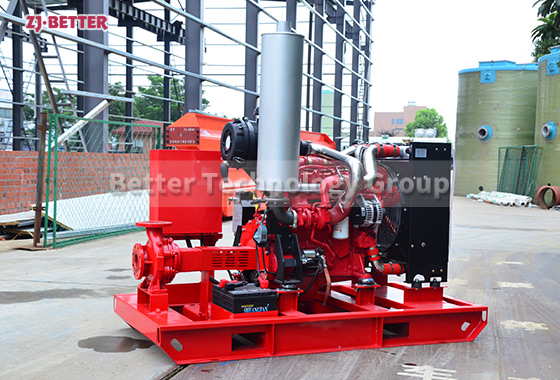Reliable XBC-XA Diesel Engine Fire Pump Solution
Flow:50-5000 GPM
Head:30-160 m
Frequency:50 or 60 Hz
Experience efficient fluid transfer with the XBC-XA Diesel Single stage centrifugal pump. With its unique design and powerful diesel engine, this pump offers reliable performance and exceptional pumping capacity. It is suitable for a wide range of applications, from industrial fluid transfer to fire protection systems.
The XBC-XA Diesel End Suction Pump features the following product characteristics:
1.Unique design: The XBC-XA pump is designed with an end suction configuration, allowing for convenient and efficient fluid intake from one side, facilitating quick and easy fluid transfer.
2.Powerful pumping capacity: Equipped with a robust diesel engine, the XBC-XA pump delivers exceptional pumping capacity, enabling the swift and efficient transfer of large volumes of fluid.
3.Reliable performance: The XBC-XA pump is renowned for its reliable performance, ensuring stable and enduring operation to meet various fluid transfer requirements.
4.Automatic operation and monitoring: This pump is equipped with an advanced automatic control system, enabling effortless operation and monitoring, optimizing performance and efficiency.
5.Automatic fault detection and alarm functions: The XBC-XA pump features automatic fault detection and alarm functions, promptly identifying any anomalies and providing corresponding alerts to ensure safety and reliability.
6.Versatile applications: The XBC-XA pump finds wide-ranging applications across industries, including industrial, agricultural, and construction sectors, catering to diverse fluid transfer needs.
In summary, the XBC-XA Diesel End Suction Pump offers efficient and reliable fluid transfer solutions with its unique end suction design, powerful pumping capacity, reliable performance, and advanced automatic control system. Whether for industrial fluid transfer or other fluid requirements, the XBC-XA pump meets your needs!

